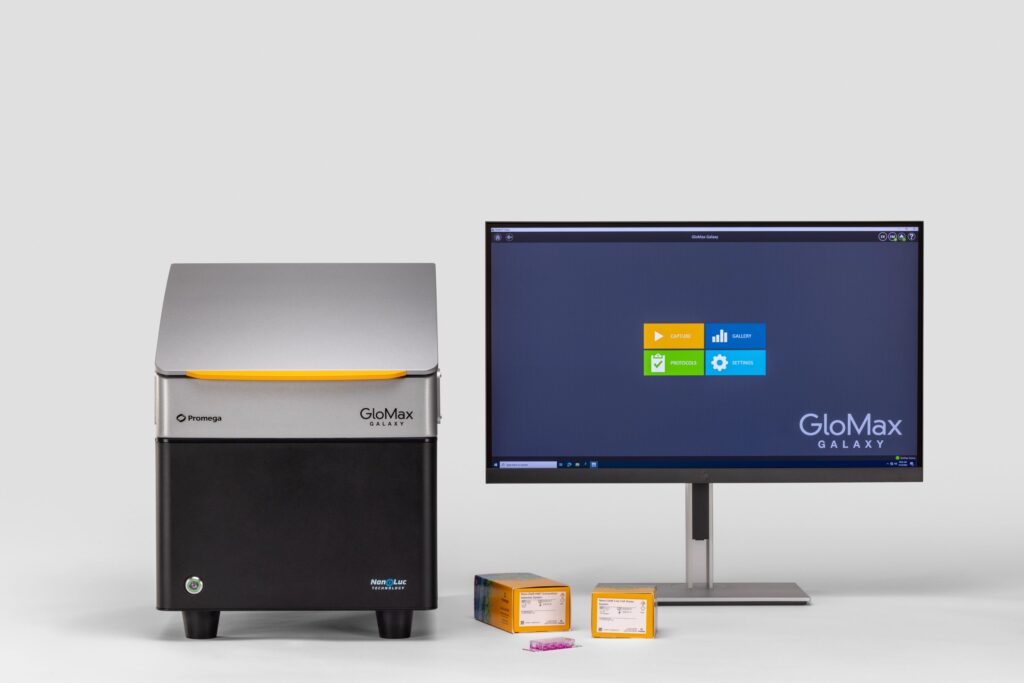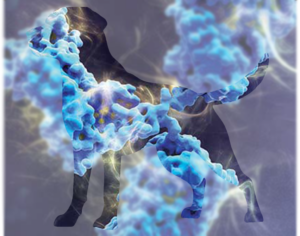
There’s something oddly captivating about watching a film that makes you jump, scream, or better yet—a film that sticks with you long after watching. Millions of people embrace the fear, willingly diving into the dark world of horror movies. But why? What is the appeal of subjecting ourselves to terror? The reasons we watch and enjoy scary movies go far beyond the jump scares—they’re deeply psychological.
For those who find themselves covering their eyes or clutching the nearest pillow, it might be hard to understand. Yet, as the hair-raising month of October ends, many people spent the 31 days leading up to Halloween watching films designed to scare the daylights out of them. In this blog, we explore why people enjoy fear (or why they don’t) and what psychology reveals about the movies that truly terrify us.
Continue reading “Why Do We Love Being Scared? The Science Behind Horror Movies”








